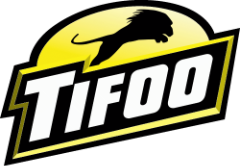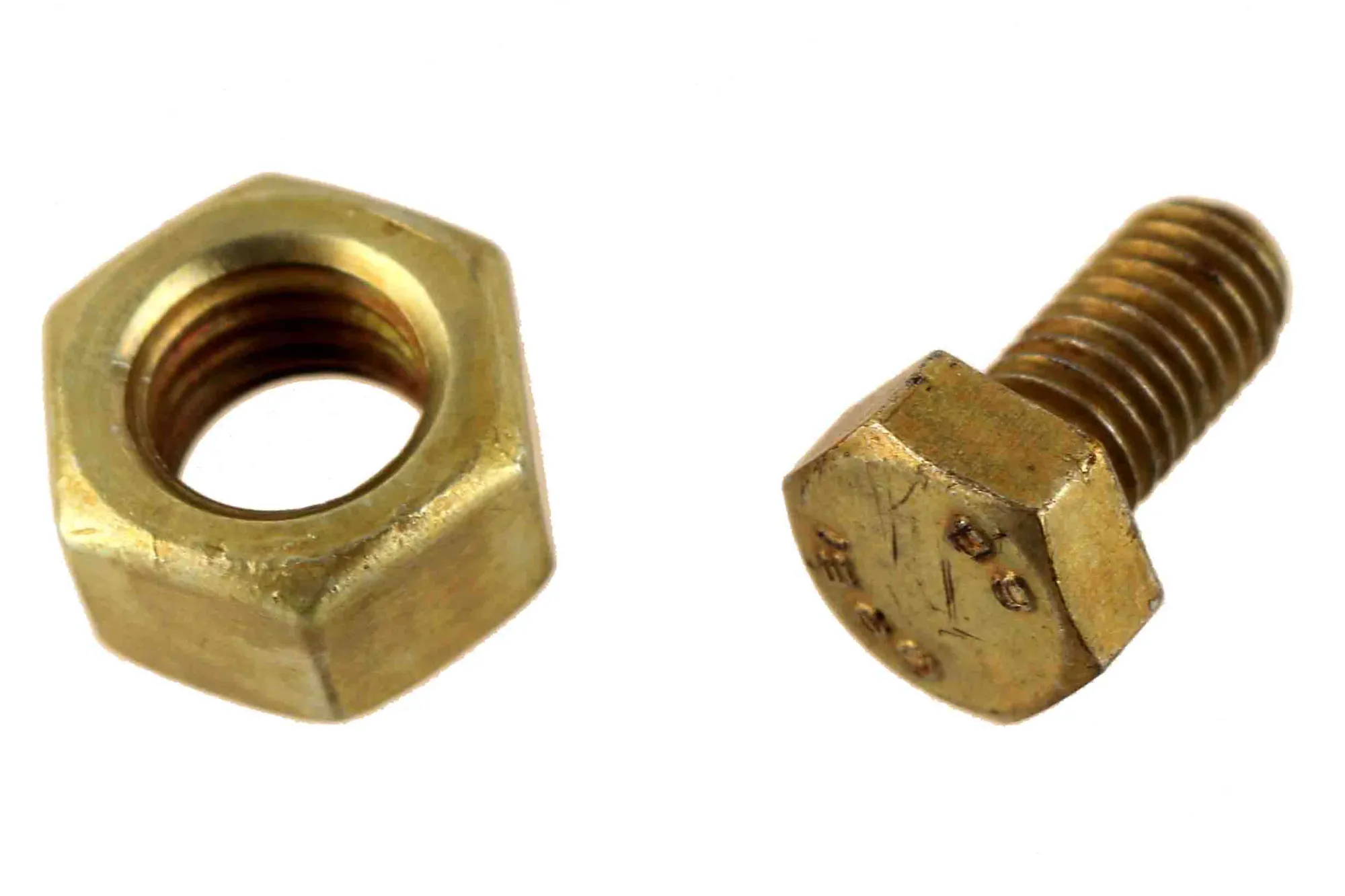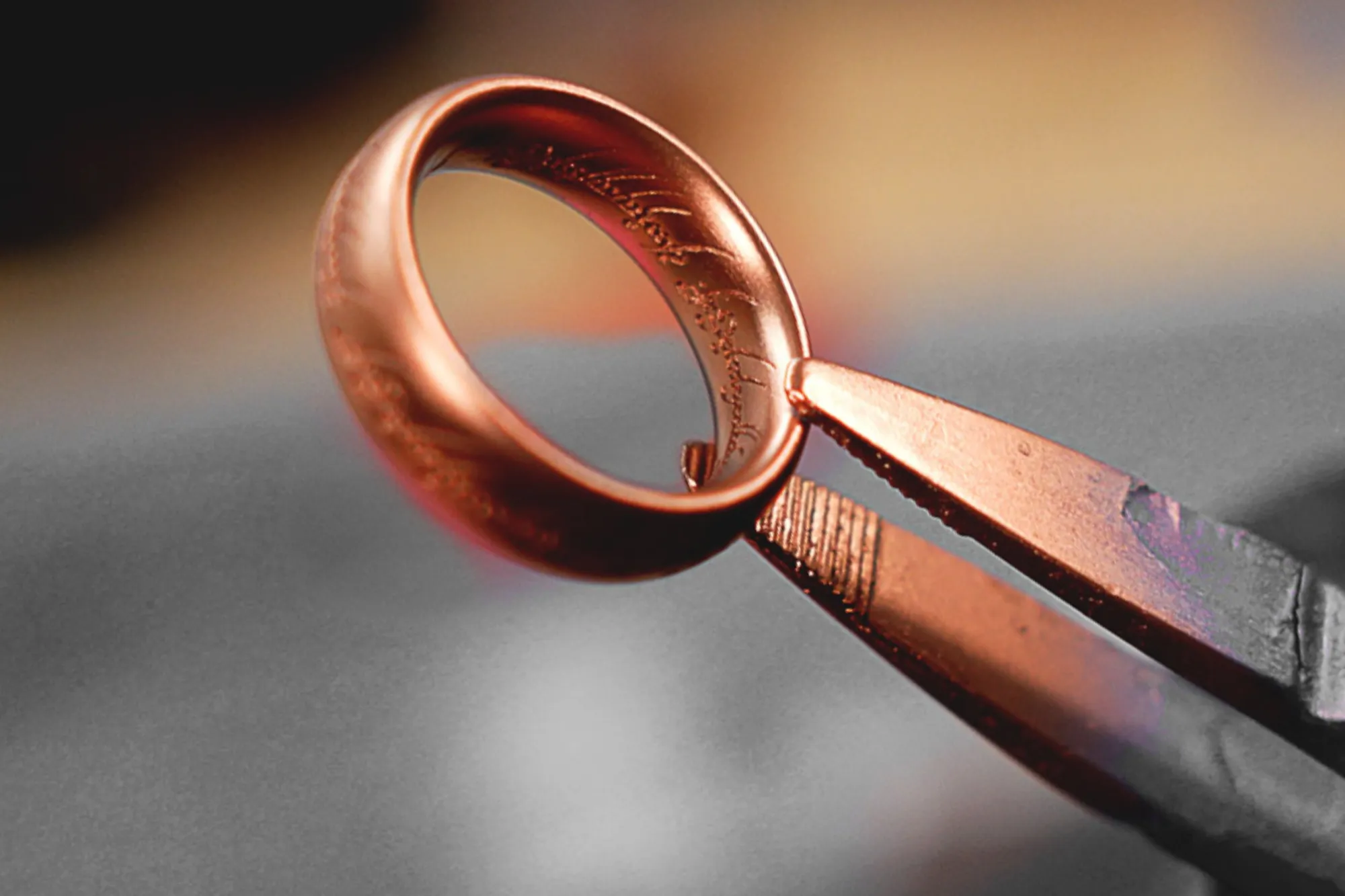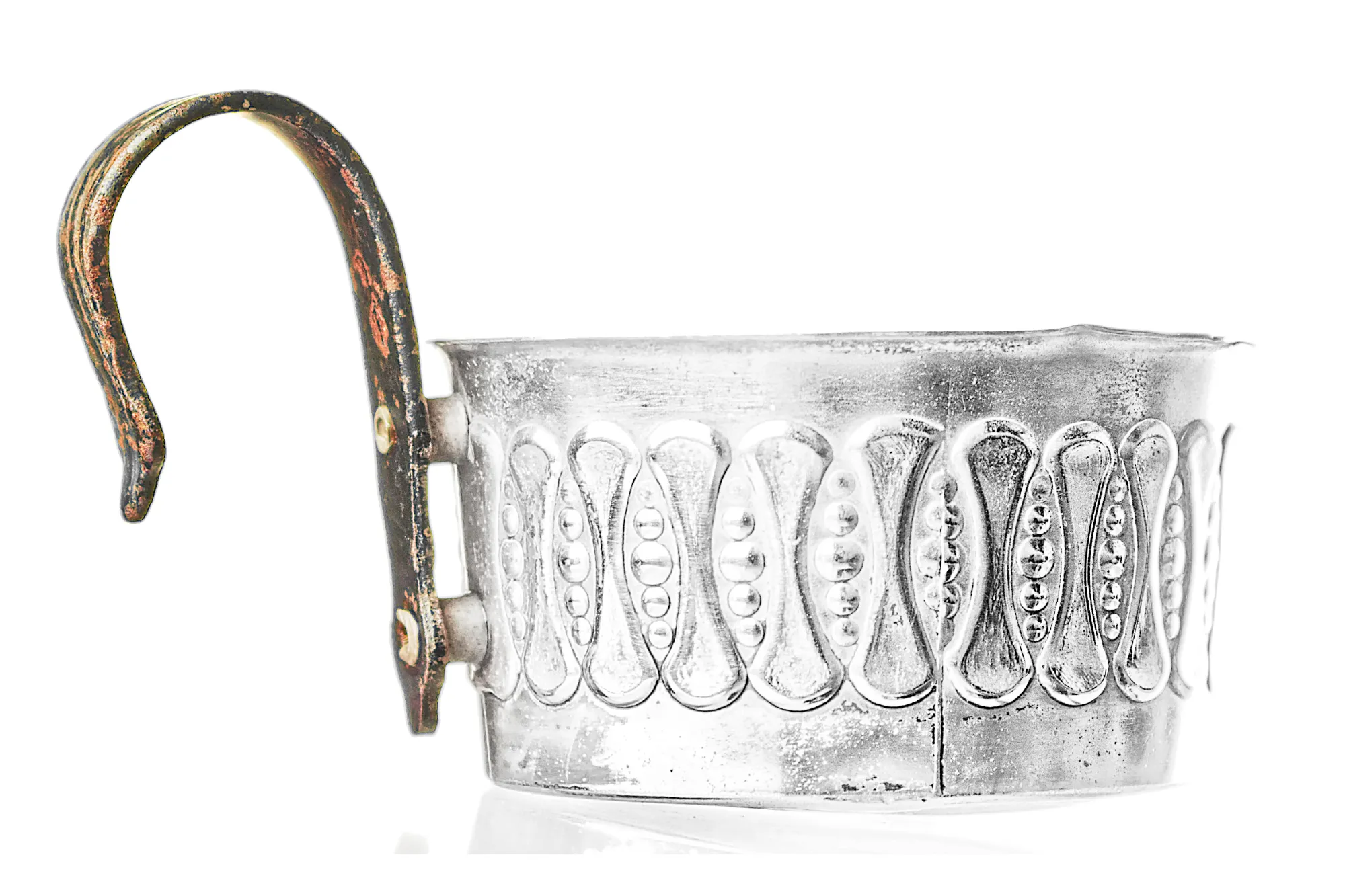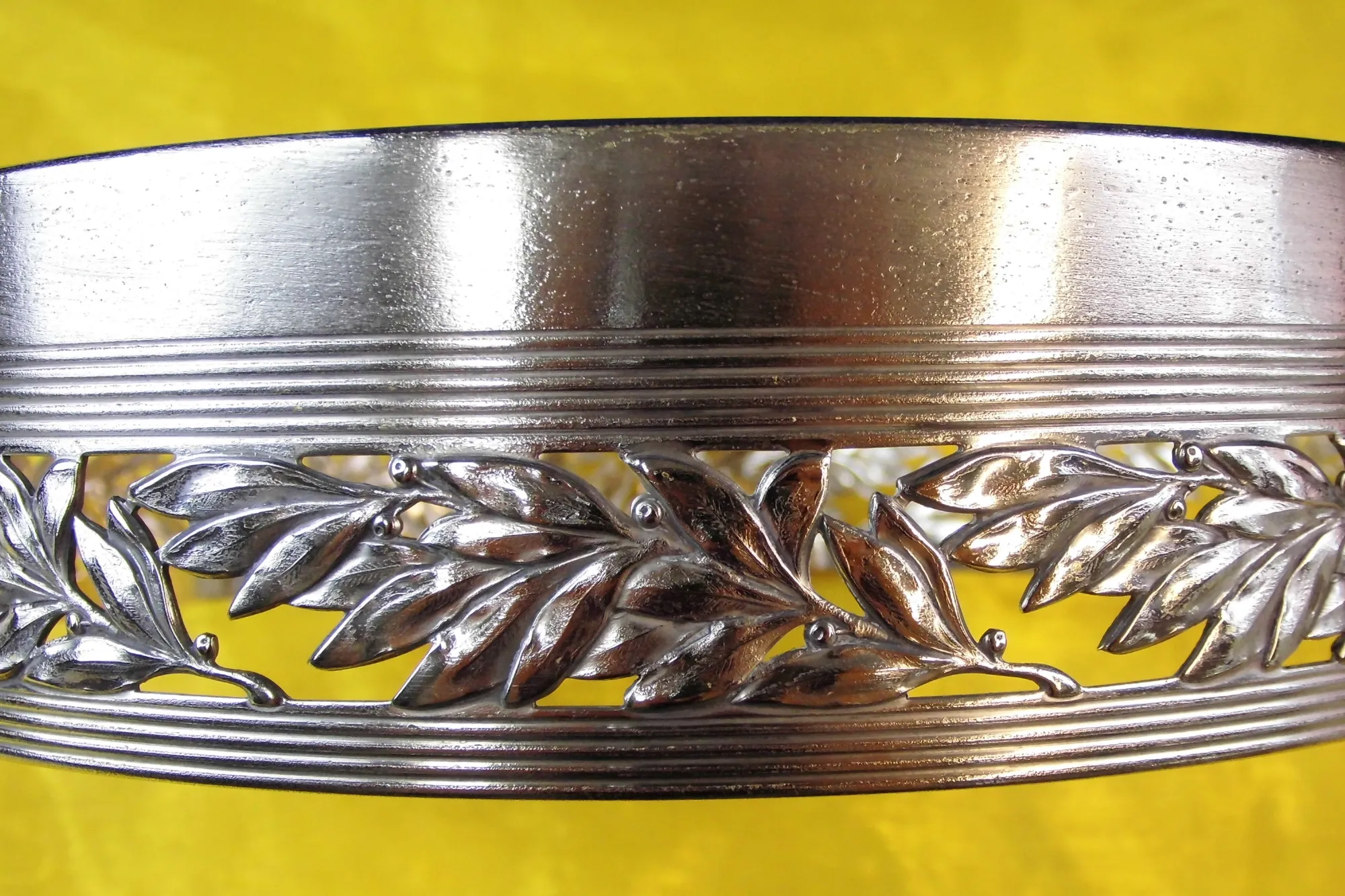
Currentless coating - coating surfaces without electricity and with few accessories or creating conductivity
Why electroless coating?
- Easy to use
- Create conductivity
- Without previous knowledge
- No accessories necessary
- Cost-effective alternative to electroplating
- Varied product selection
Create conductivity
Electroless refining of non-ferrous metals
Chromating for motor vehicles
Electroless gold and silver plating: simple application - great effect
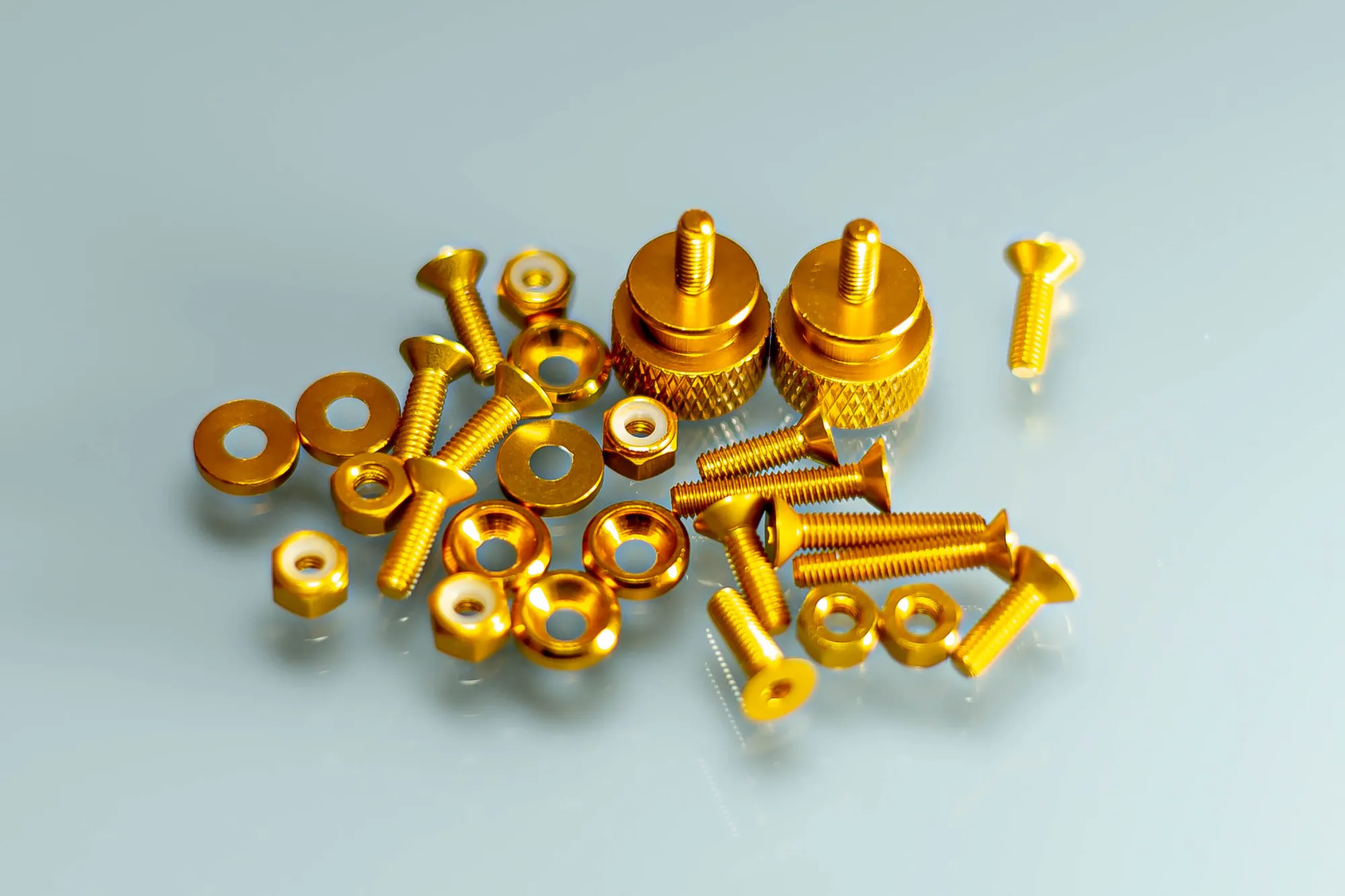
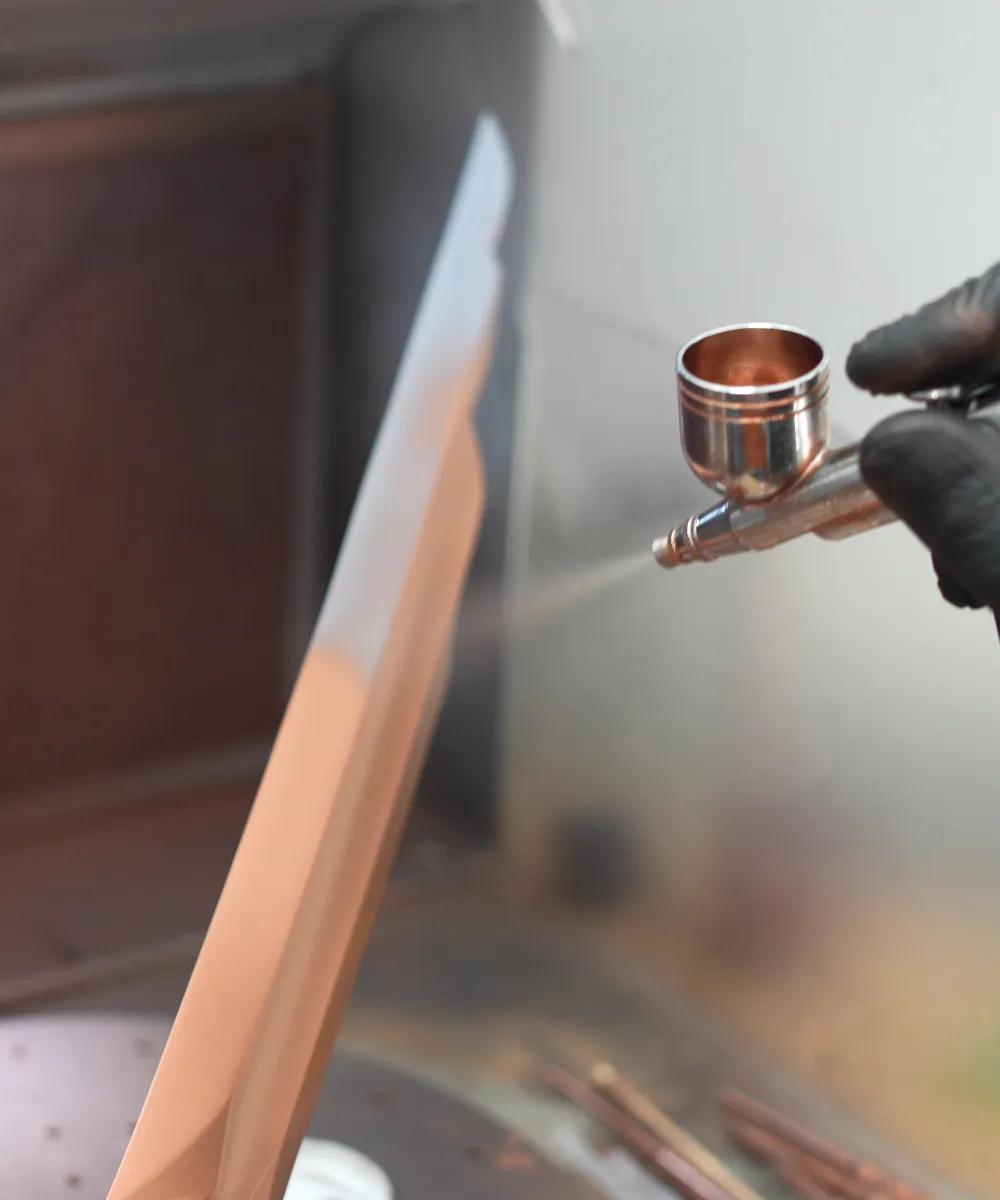
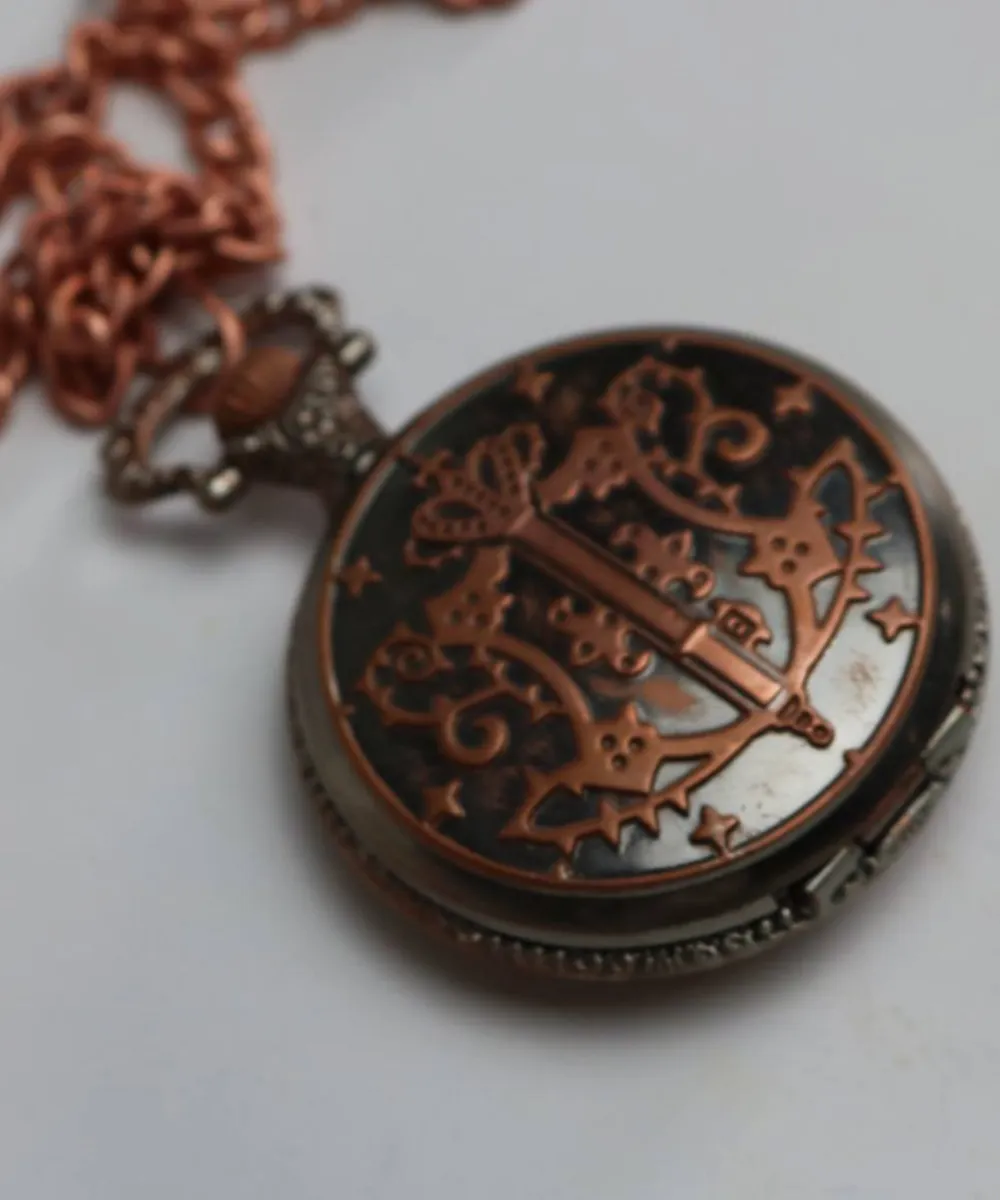
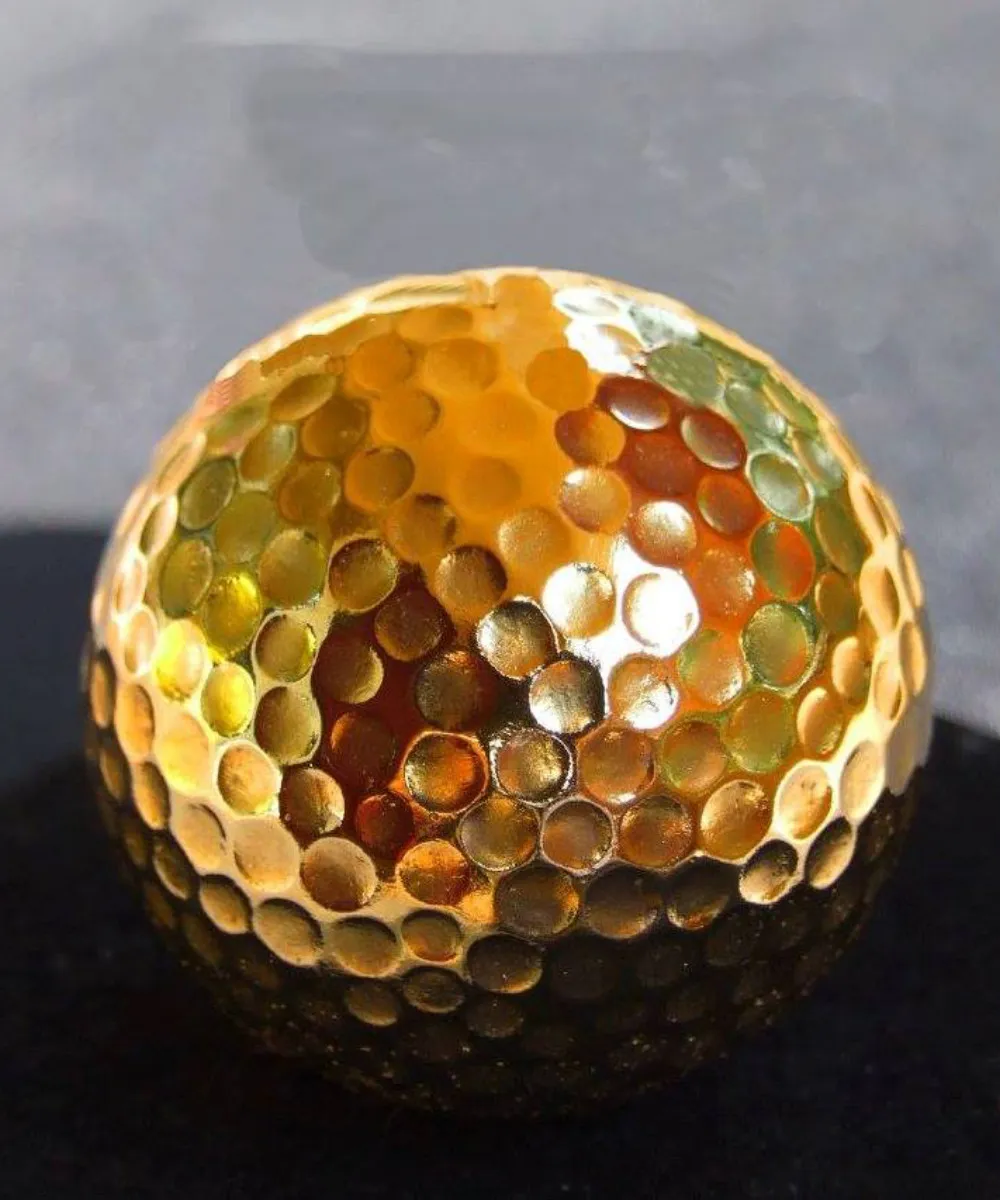
Create conductivity on a wide variety of surfaces
3D printing has become an established process in surface refining in recent years. Why? Because it makes the production of art objects, replicas, functional parts etc. conceivably easy and cheap. However, 3D printers cannot directly print different metals. For this purpose, we have developed our professional conductive lacquers, with the help of which non-conductive materials of almost any kind can be refined or electroplated. In this way, you create a conductive layer on materials such as 3D printing (PLA), plastic, glass and many other materials. Note that with our conductive lacquers, a further step with galvanic coating is necessary to create a fully electrically conductive layer. This in turn forms the basis on which the object can be further coated in any metal. We also offer other conductive lacquers that can be used, for example, for model making or repairing rear window heaters. Of course, our conductive coatings can also be used simply as a decorative element.
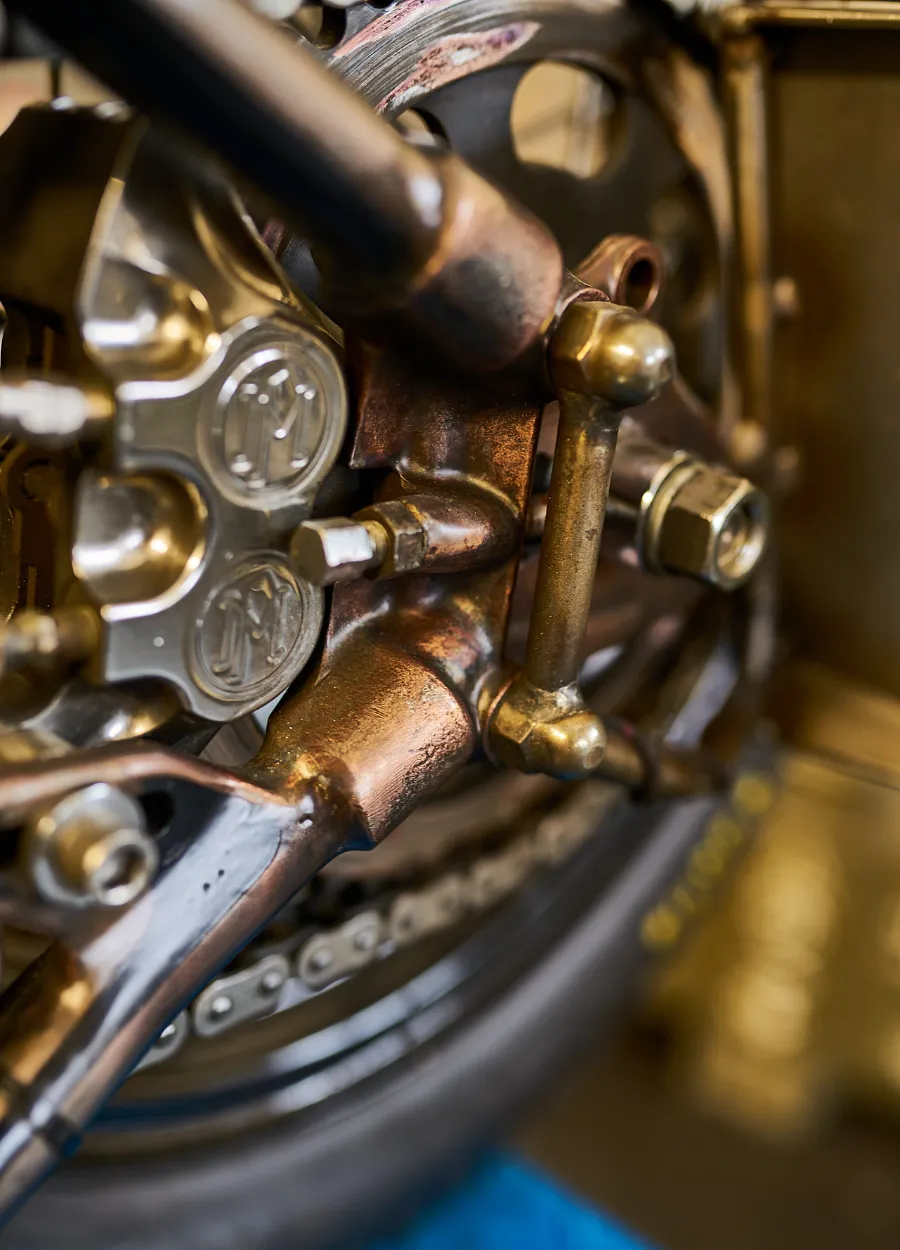
From automotive to decoration - the wide range of electroless plating
Our products and processes for electroless plating are as simple as they are versatile. While Gold Star can be used to gild copper, brass and nickel, our conductive coatings can be used specifically in the automotive sector, for example to repair the rear window heater. In a similar vein, our chromating creates corrosion-inhibited layers on zinc objects or freshly galvanised parts - and looks dazzling at the same time. Moreover, yellow chromates based on chromium(VI) are no longer permitted in Germany. Our yellow chromating is based on chromium(III) and is therefore far less dangerous. This makes our chromates as sought-after as they are unique - especially in all application fields that have to do with tuning, classic cars and vehicle repair or restoration!
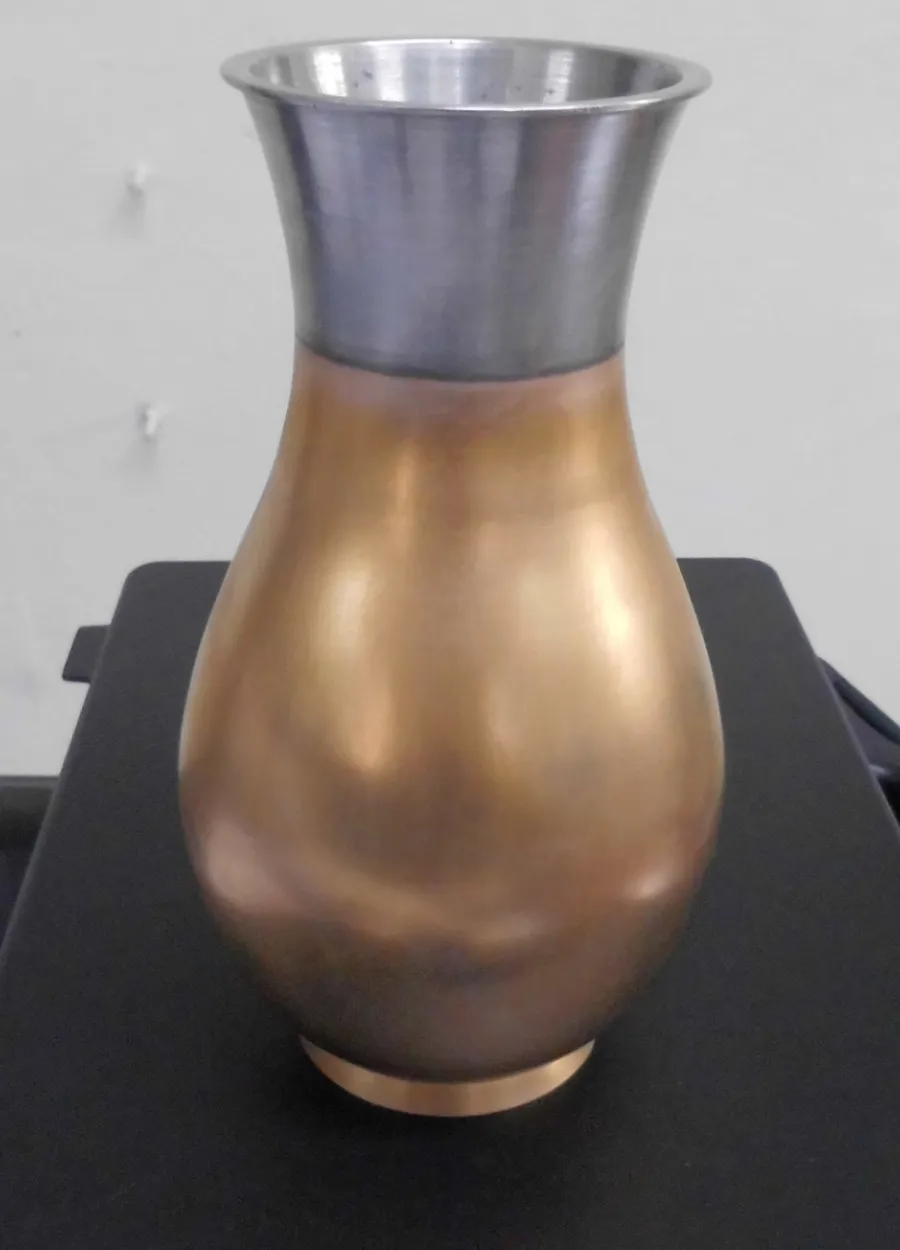
Frequently asked questions
Yes, this is possible with the help of our conductive copper varnish. The object is sprayed or brushed with copper conductive paint or copper conductive lacquer spray, which first creates a metallic layer. The object is then given its final conductivity in a galvanic bath with acidic bright copper electrolyte. This creates a continuous, conductive copper layer that can then be further treated like any other copper layer, e.g. by silver plating.
Rust Piranha can normally be painted over or treated further. However, please check on an inconspicuous spot whether the rust converter is compatible with your paint colour.
Our products for electroless silver plating only deposit on copper and brass as a base, as the products can only deposit silver with these materials. Accordingly, the products for electroless silver plating can NOT be deposited on silver. If copper or brass are coated, a thin silver layer of 200 - 300 nm is produced, which is intended for decorative purposes only. If you want a thicker silver layer on your object, the only process left is electroplating!
No, unfortunately that is not possible with these products.
In principle, it is possible to gold-plate some aluminium alloys with the Gold Star, but so far this only works with a few compositions. The success of the application can therefore not be guaranteed for all aluminium alloys.
The zinc object must be clean and free of residues such as dirt, oil or particles. The object is then degreased, e.g. with the TIFOO Galvano Degreaser. Depending on the size, the object is immersed in the yellow chromate for a few minutes. 3 minutes is a good guideline.
